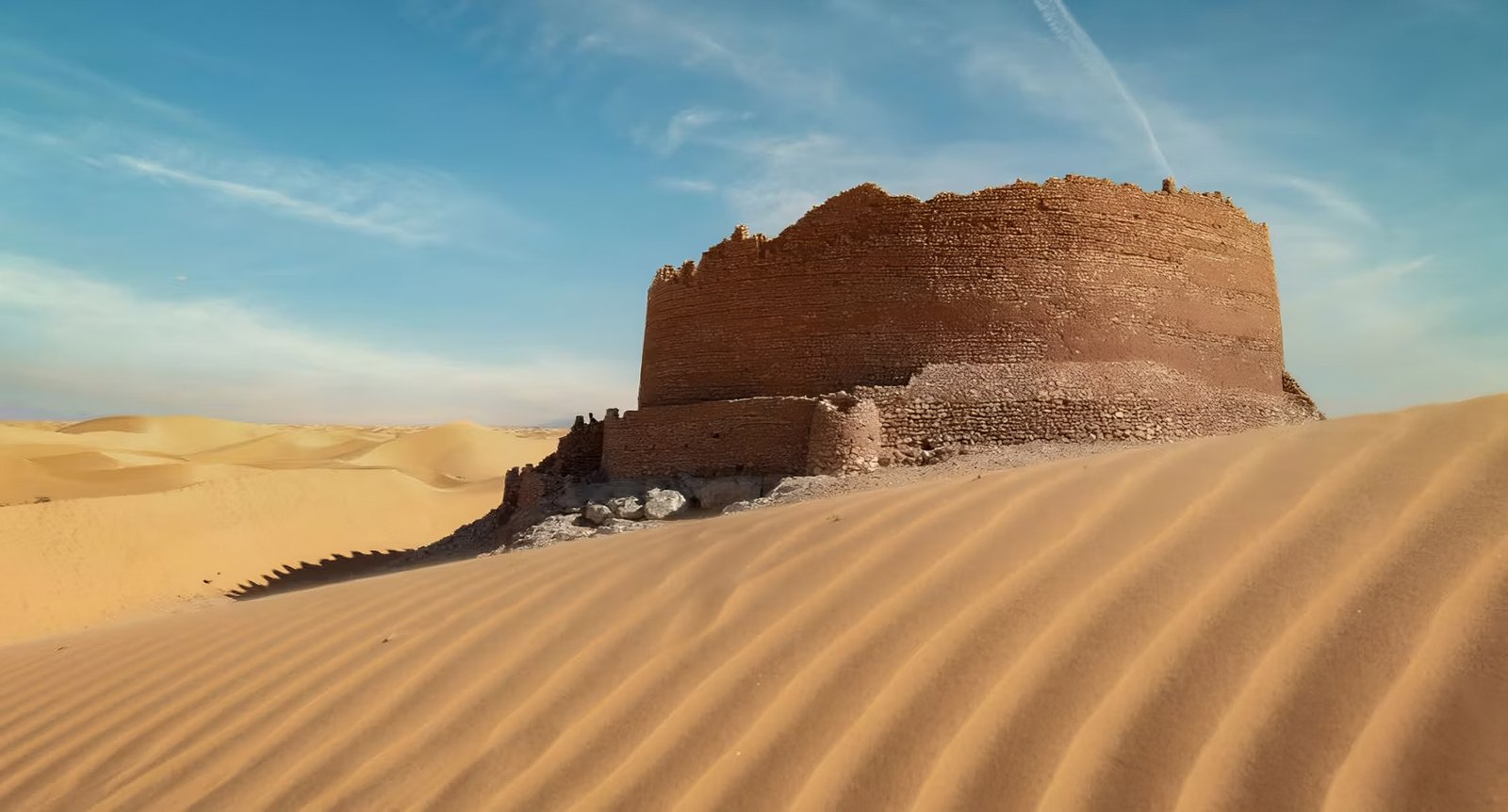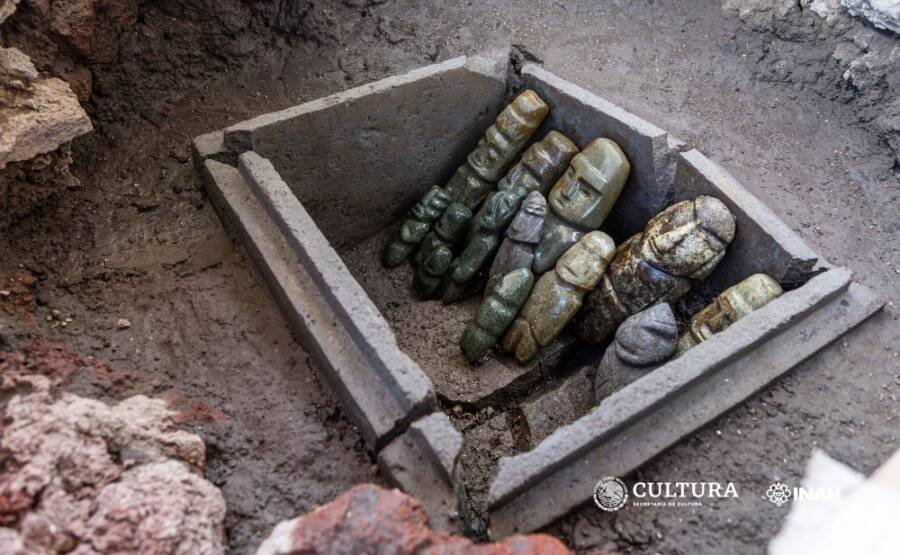A Puzzling Mystery: The Origins of the Pyramid Construction
From deep within Egypt’s desert, the pyramids rise – solid symbols of human creativity and drive. These huge buildings, known for their impressive size and complex workmanship, have seized human fascination for ages. Still, even with their constant presence, no one truly knows exactly how these timeless treasures were built.
For many years, people have tried to explain the amazing building achievements these massive creations represent. Ideas have ranged from believing it was done by forced worker groups, to newer thoughts about intricate devices and moving heavy items using waterways. Pyramid building history is a rich mix of tales from the past, findings left in the ground, and science research.

Historical Context
Ancient Egypt: A Cradle of Civilization
Egypt’s pyramids took shape during the Old Kingdom, from about 2686 to 2181 BCE. This time saw strong pharaohs come to power, society’s structure grow more difficult, as well as a central government form. They made progress in farming, business, and arts.
Pharaohs were viewed as godly rulers and were the heart of Egyptian society. Their power went over just ruling and also included spiritual and religious areas of life. The pyramids acted as more than just burial spots for these respected rulers; they showcased their influence and the eternal footprint they wanted to create.
The Pyramid Age: A Marvel of Pyramid Construction
In the Pyramid Age, part of the Old Kingdom, Egypt’s architecture and engineering hit a high point. It was then that famous pyramids, like the ones in Giza, Saqqara, and Dahshur were built. These amazing structures varied in size. For instance, the Great Pyramid of Giza stood approximately 481 feet tall, while the Bent Pyramid at Dahshur was a bit smaller. This era served as proof that Egypt was skilled in geometry, building methods, and handling operations.

Theories and Speculations
Theories on Pyramid Construction: A Historical Overview
Through time, many ideas came up explaining how the pyramids were built. These ideas changed as we got better in archaeology, engineering, and science.
Traditional Approach: Ramp Theory
The most widely accepted theory suggests that the Egyptians employed a series of ramps constructed from earth and debris to transport the massive stone blocks that formed the pyramid’s core. These ramps would have been extended as the pyramid grew in height, allowing workers to haul the blocks up the inclined planes using sledges, rollers, and levers.
Alternative Theories: Water Transport and Inclined Planes
Other theories have challenged the traditional ramp theory, proposing alternative methods for moving the pyramid stones. Some suggest that the Egyptians utilized a system of water channels and canals to transport the stones, taking advantage of the Nile River’s annual floods to facilitate transportation. Others propose the use of inclined planes, constructed from wood or earth, which would have spiraled around the pyramid, allowing workers to maneuver the stones upwards.
Building Blocks
Unveiling the Materials in Pyramid Construction
Egypt’s pyramids were mainly built of limestone, a common rock in the area. The pyramids’ base was made of large, unrefined blocks of limestone. The outside was put together with finer, smoother limestone blocks. These stones came from the areas close to the pyramids, often moved there using sleds and rollers, over both land and rivers.
Pyramids and Concrete: A Modern Twist
Recent archaeological investigations have revealed the presence of a concrete-like material, known as geopolymer concrete, used in the construction of some pyramids. This ancient concrete, composed of a mixture of limestone, sand, and water, was used to fill gaps between stones and provide additional structural integrity.
Mysteries of the Limestone Casing
The enigmatic limestone casing that once adorned the pyramids remains a subject of debate. While some believe it was quarried and transported from elsewhere, others suggest that it could have been quarried directly from the bedrock beneath the pyramid site. The exact method of attaching the casing stones remains a mystery.
Labor Force and Organization
The Workforce Behind the Pyramid Construction
Building pyramids needed a large, well-coordinated team. Expert craftsmen like stonemasons, carpenters, and engineers were key in cutting and putting together the stones. Farmers and peasants, without special skills, probably helped to move the stones and build ramps.
Organization and Management: Cracking the Pyramid Puzzle
The Pyramid Construction demanded a well-structured and efficient organization to manage the vast labor force and oversee the intricate construction process. While the exact details of this organizational hierarchy remain elusive, archaeological evidence and historical accounts provide insights into the likely structure and management practices employed during pyramid construction.
Slave Labor or Skilled Craftsmen?
The question of whether the pyramid workforce consisted primarily of slaves or skilled craftsmen has long been a topic of debate. Traditional narratives often portrayed the pyramid builders as enslaved laborers forced to toil under harsh conditions. However, archaeological evidence and historical accounts suggest a more nuanced picture.
Tools and Technology in Pyramid Construction
Tools of the Trade: Ancient Egyptian Engineering
The Pyramid Construction required a sophisticated array of tools and technologies, reflecting the advanced engineering capabilities of the ancient Egyptians. These tools, though seemingly simple compared to modern equipment, enabled the Egyptians to shape, transport, and assemble massive stone blocks with remarkable precision.
Stone working Tools: Shaping the Pyramids’ Building Blocks
Stone masons employed a variety of tools to shape and refine the limestone blocks that formed the pyramids’ core. Copper chisels, hammers, and mallets were used to cut, shape, and smooth the stones. Flint tools, such as saws and adzes, were utilized for finer carving and detailing.
Transportation and Lifting Tools: Moving the Colossal Stones
The Egyptians devised ingenious methods for transporting and lifting the massive stones required for pyramid construction. Wooden sledges, rollers, and ramps were used to move the stones over land. Water transportation was likely employed for moving stones from quarries located near the Nile River.
Measuring and Leveling Tools: Ensuring Precision and Alignment
The Egyptians employed various measuring and leveling tools to ensure the precise placement and alignment of the pyramid stones. Cubits, the standard unit of measurement in ancient Egypt, were marked on ropes or wooden sticks to determine the length and width of stones. Plumb bobs and water levels were used to ensure vertical and horizontal alignments.
Innovation in Toolmaking: Adapting to the Task at Hand
The Egyptians demonstrated remarkable innovation in their toolmaking practices, adapting their tools to the specific challenges of pyramid construction. Copper tools were gradually hardened and strengthened to withstand the demands of shaping hard limestone blocks. Specialized tools were developed for tasks such as carving intricate hieroglyphic inscriptions and shaping stones to fit specific angles.
Precision and Innovation: How Technology Shaped the Pyramids
Pyramid Construction definitely shows how smart and advanced the ancient Egyptians were. They could cut and move huge stone blocks, put them together with stunning accuracy, and make buildings that have lasted thousands of years. It’s pretty amazing construction work.
Precision in Stoneworking: Achieving Architectural Perfection
The Egyptians achieved an extraordinary level of precision in their stoneworking, evident in the smooth surfaces, tight joints, and precise angles of the pyramid stones. This precision was not merely an aesthetic achievement but also crucial for ensuring the structural integrity of the pyramids.
Technological Advancements: Pushing the Boundaries of Engineering
The Egyptians developed innovative techniques and technologies to overcome the challenges of pyramid construction. Their use of ramps, water transportation, and specialized tools enabled them to move and lift massive stones with remarkable efficiency.
Enduring Legacy: A Testament to Ancient Egyptian Ingenuity
Egypt’s pyramids are lasting symbols of the ancient Egyptians’ cleverness, tech skills, and team abilities. The methods they used still amaze and motivate today’s engineers and scientists.
Time and Speed
How Fast Were the Pyramids Built? Examining the Timeline
The precise duration for the pyramids’ construction isn’t set in stone. Experts bounce between different time frames. Some say decades, others suggest over a century. It all hangs on which pyramid and what dating method they used.
Traditional Estimates: A Century of Pyramid Construction
Based on old records and relics, we think it took about 20 years to build the Great Pyramid of Giza, the biggest and most famous pyramid. We believe this because we think they could put about two stones in place each day.
Alternative Estimates: Revising the Timeline
Current research puts older assumptions into question, indicating the pyramids might have been built faster. Some scholars think the Great Pyramid might have taken as few as eight years to build, while others propose it took between 12 to 15 years.
Factors Influencing Construction Speed
Many aspects probably affected how quickly pyramids were built. These include pyramid size and complexity, resource and workforce availability, and workforce organization. Bigger, intricate pyramids like the Great Pyramid would have surely needed more time to build than smaller ones.
Conclusion
The Pyramid Construction was a remarkable feat of engineering that required a delicate balance between time and efficiency. The Egyptians were able to achieve remarkable construction speeds while maintaining the precision and quality that characterize these enduring monuments.
Frequently Asked Questions
Were the Pyramid Construction done by Slaves?
The traditional narrative of pyramid construction often depicted enslaved laborers toiling under harsh conditions. However, recent archaeological evidence and historical accounts suggest that the pyramid workforce was more likely composed of skilled artisans and laborers who were compensated for their work.
Evidence Against Slave Labor:
Excavations at pyramid sites have revealed worker settlements with well-constructed dwellings, suggesting that the workers were not slaves but rather skilled laborers compensated for their work. Additionally, the quality of craftsmanship evident in the pyramids contradicts the notion of a workforce composed primarily of unskilled slaves.
Laborers and Artisans: A Collaborative Effort
Building pyramids probably needed both expert builders and simple workers. The expert builders took care of the work that needed special skills and accuracy. The simple workers did the tough physical jobs that called for power and stamina.
Did Aliens Build the Pyramids?
Many people love to guess that aliens were the ones who made the pyramids. They think this because the pyramids are huge and show signs of complex engineering. Despite this, no science currently backs up these thoughts.
Archaeological and Historical Evidence
Archaeological investigations have provided a wealth of information about the construction methods and materials used in building the pyramids. This evidence points to the work of skilled human laborers, not extraterrestrial beings.
Engineering Advancements
The engineering techniques used in pyramid construction, while sophisticated, were well within the capabilities of ancient Egyptian engineers. The Egyptians had developed innovative methods for transporting, lifting, and positioning massive stone blocks, enabling them to construct structures of unprecedented scale.






